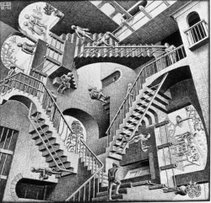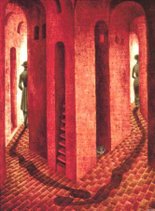
The ñ is one of the seven letters in Spanish that takes a diacritic. The difference is that the diacritics makes it a completely different letter (not as what happens with the other diacritics). the little swung dash is called virgulilla or tilde (the English word for it is tilde, as well) This letter has the sound /ɲ/, a palatal nasal. Are there more languages with this letter? The Spanish language has influenced many other languages and through loanwords, ñ made its way into those languages. You can find ñ in Aragonese, Asturian, Aymara, Quechua, Guaraní, Mapudungun, Tagalog, Basque, Galician and Tetum. It also exists in Tatar and in Breton, but it represents a different sound.
As many letter that are not part of the English alphabet, it might be a problem when trying to type ñ. You can get Ñ with ALT + 0209 or ALT + 165, and ñ with ALT + 0241 or ALT + 164.
In a Newsweek article, Leland and Chambers labeled Hispanic culture and its influence on the US as “Generation Ñ". Ñ is seen as a mark of Hispanic heritage.
Historically, ñ arose as a representation of “nn”. The tilde was shorthand for the second n, written over the first. For example, the Spanish word año is derived from Latin annus.
¿La eñe también es gente? "La letra es sinónimo de carácter", says the author.











No comments:
Post a Comment